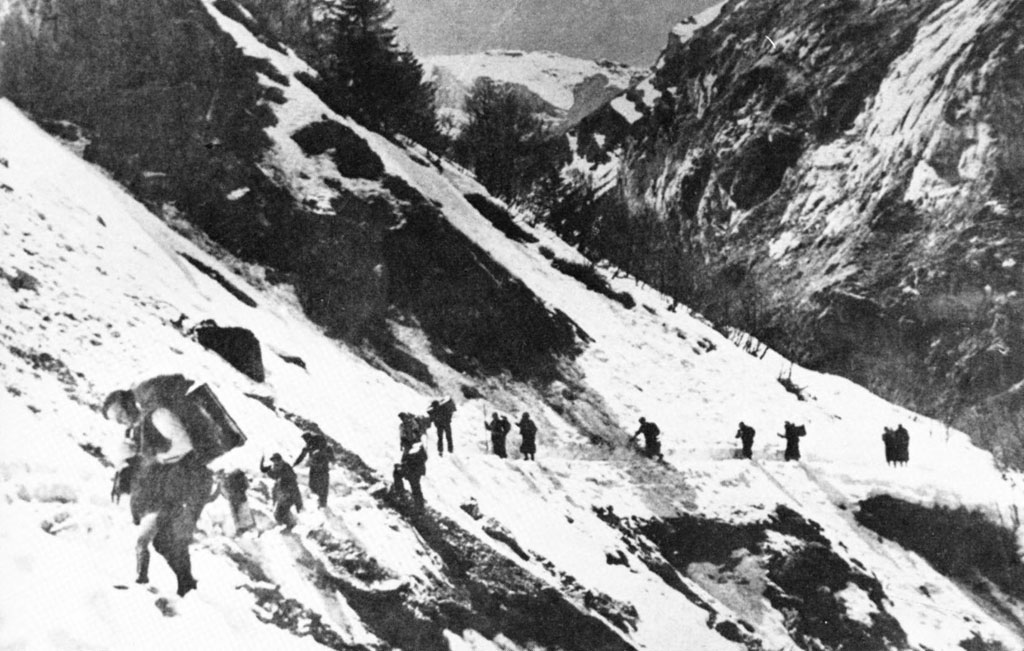Seventeen miles through high mountains, cold, snow, fatigue, and with one goal: freedom. The French border that runs in Alt Àneu (Pallars Sobirà) was a way of escape during World War II, between 1936 and 1944: Crossing the Pyrenees, the road to freedom.
During these years, thousands of refugees risked crossing the Pyrenees fleeing from Nazi barbarism. They established several paths or routes of escape and one of those was linking the French departments of Ariège and Haute Garonne with Catalonia, entering the principat by Pallars Sobirà and reaching the town of Sort. The refugees crossed the Pyrenees through the ports of Salau, Aulà i Pala de Clavera. In this place, the Democratic Memorial of the Generalitat and the Natural Park of the High Pyrenees have marked two of these routes.
The Museum Camí de la Llibertat, the former prison of Sort, aims to show what the evasions were and pay tribute to all those that participated.
According to the information of the Democratic Memorial, the importance of the border crossing is shown by the figures obtained on the number of detainees in the region of Pallars Sobirà, 2790 people, between 1942 and 1944, of various nationalities (Polish, French , Canadian, Dutch, English, Americans …), most of which were transferred to Sort and housed in jail or inns or hotels from the population. Now, consider that the total number of people who crossed the border was infinitely superior, as many made it to its destination. Some studies put at 40,000 the number of people who crossed the border into Spain, and the three main entry points for Pallars Sobirà were Alòs d’Isil (port d’Aulà i Salau, now passable and marked trails), and Àreu Tavascan

